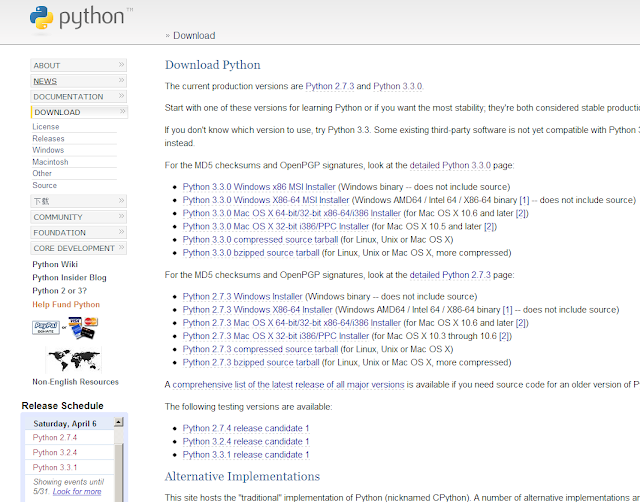The advancement and
widespread application of information technologies have been generating vast amount
of electronic engineering documents. Among them, the computer aided design CAD documents may be the top ranked in terms of its quantity. The CAD documents
are generated by engineers or architects while performing engineering tasks e.g
conceptual planning, basic design, detailed design, and construction
supervision. The quantity of CAD documents being generated usually depends on
the type and size of the project. A typical five-floor residential building may require less
than 100 CAD drawings. However, a mass transportation project may
generate more than 200,000 CAD documents.
Due to massive
growth of CAD documents, construction organizations are facing an increasing management
costs needed both for storage and retrieval of the electrical CAD documents. The
importance of the CAD document can be viewed from three aspects:
1. Provides an
effective communication medium to illustrate the design concept of an engineering
product, so that engineers and architects can “visualize” their ideas.
2. It is a legal
document that provides a basis for performing, management, and closure of a contract.
3. Provides a
useful library for engineers and architects to reuse previous design models in
order to accomplish their design efficiently.
In construction
practice, the cost items not included in the CAD documents are considered extra
work that needs to be tackled with change orders. Moreover, when integrated
with construction schedule, the CAD documents provide further help to the construction
planner for progress control and dynamic resource allocation.
The computer aided
design CAD document provides an effective communication medium, a legal
contract document, and a reusable design case for a construction project. Due
to technological advancements in CAD industry, the volume of CAD documents has
been increased dramatically in the database of construction organizations. Traditional
retrieval methods relied on textual naming and indexing schemes that require
the designers to memorize in details the meta-information used to characterize
the drawings. Such approaches easily overwhelmed the user’s memory capability and
thus caused low re-usability of CAD documents. Content based text mining
technique can be adopted to extract the textual content of a CAD document into
a characteristic document, which can be retrieved with similarity matching
using a Vector Space Model, so that the automated and expedited retrievals
of CAD documents from vast CAD databases becomes possible. A prototype system,
namely content-based CAD document Retrieval System, is developed to
implement the proposed method. After preliminary testing with a CAD database and
a public engineering drawing database, the proposed content-based CAD document retrieval system is proven to retrieve
all relevant CAD documents with relatively high precision.
References:
Department of Construction Management, Chung Hua
University, Hsinchu 300, Taiwan, ROC





